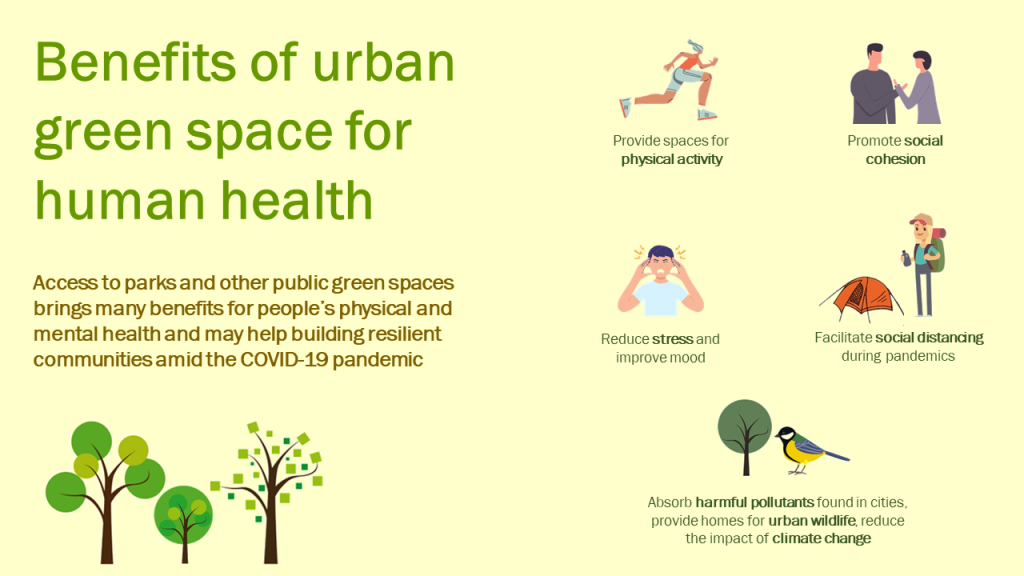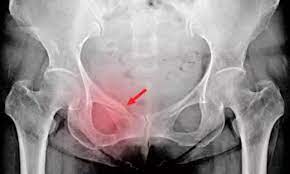Mental health and urban green spaces: At the same time, the hustle and bustle of cities have also made the role of urban green spaces increasingly prominent. Mental health refers to the ability of individuals to actively adapt to various environments, maintain a good mental state, and fully develop their potential.
However, to create a good urban green environment requires our joint efforts. First of all, we must pay attention to the protection of urban green spaces. Facing the process of urbanization, we must rationally plan green spaces, prevent blind development, and ensure a balanced area and distribution of green spaces. Secondly, we must pay attention to the construction of green spaces and improve the quality of green spaces. For example, diverse vegetation can be introduced to increase the layering and interest of green spaces; ecological corridors and wetland parks can be built to promote the integrity and stability of the ecosystem.
In real life, we can find many examples of the relationship between mental health and urban green spaces. For example, New York's Central Park, as a representative of urban green space, has been proven to help reduce the life stress of surrounding residents and improve their mental health. For another example, the city of Bonn in Germany has promoted the "urban furniture" project to integrate green spaces into people's daily lives, allowing residents to enjoy nature while also improving their mental health.
In summary, there is a strong connection between mental health and urban green space. The protection and construction of urban green spaces is not only related to the city's ecological environment, but also directly affects the mental health of residents. In order to create a livable urban environment, we need to value urban green spaces and play their role in promoting mental health. Let us act together to protect the urban green environment and protect our mental health.
Singapore vs Hong Kong: for a healthier city, give people green spaces to enjoy



